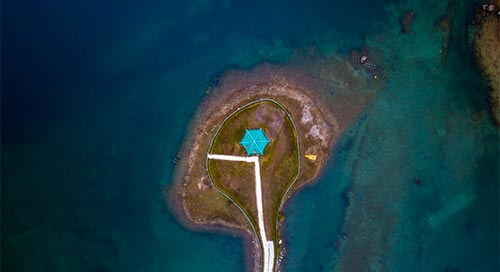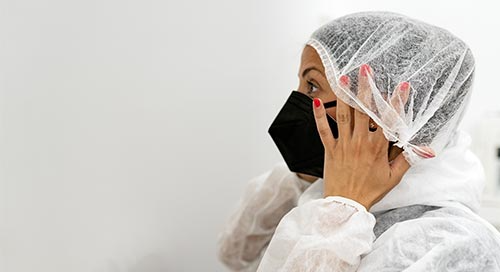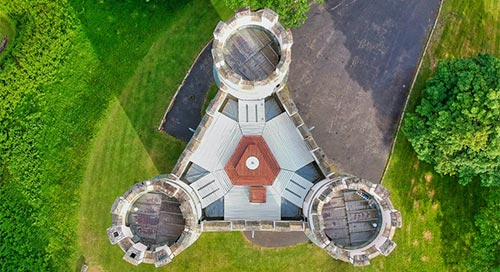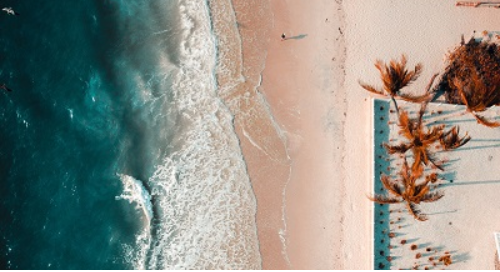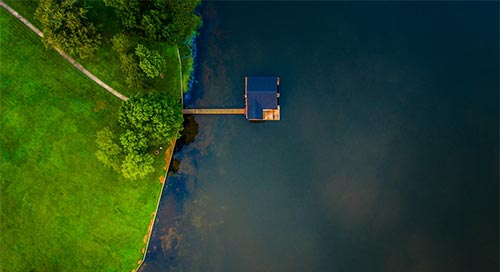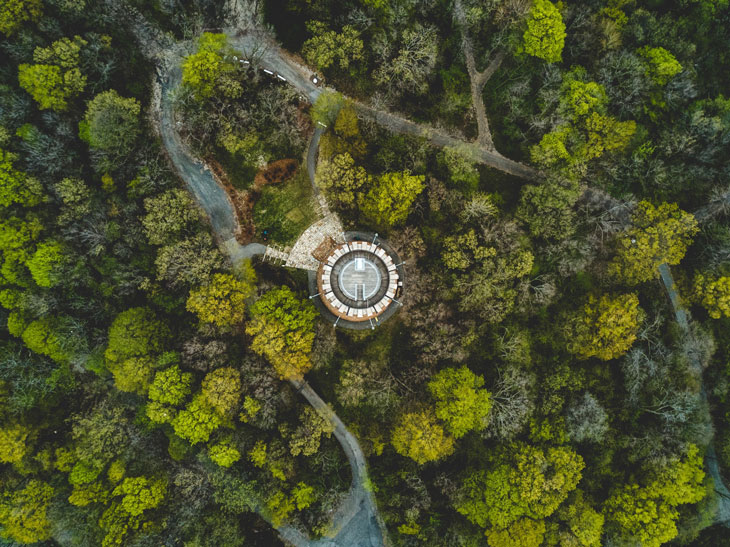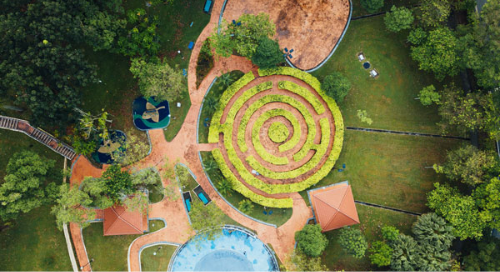bringing-science-into-civic-life-a-q-a-with-this-study-shows-host-mary-ann-ochota
January 23, 2020
Question: What’s Your Background?
I studied archaeology and anthropology at university, and had always thought that I’d want to stay in academia. By the time I graduated I realized that I don’t have the singlemindedness that really marks out the top researchers – my natural attention span can be measured in months, not years, so I’d be a terrible PhD candidate! (Also my mum once joked that PhD actually stood for ‘permanent head damage’ and that stayed with me! It does appear to be quite a punishing ordeal.)
I like bringing together quite disparate themes, and translating them for non-specialist audiences. I still have huge passion for the human and social sciences – think bringing those research and analysis skills into journalism, and always being alert to susceptibilities and bias, is essential.
Question: How did you first get involved with ‘This Study Shows’?
I’d worked with the executive radio producer Nick Minter before, profiling scientific work in subjects as randomly varied as urban sanitation, HIV prevention, krill fishing and geological exploration. When he mentioned Wiley’s idea for a podcast about SciComm, I bit his arm off to be considered to host it. I’ve been on both sides of the broadcaster’s microphone: sometimes I’m the expert being interviewed or writing a piece sharing research findings, but more frequently I’m the person asking the questions.
So I know how difficult and frustrating it can be to explain science and know that your audience hasn’t quite ‘got’ it. Or, even worse, that the journalist hasn’t got it and might go off and write some nonsense that misses the point or makes false claims. I’ve also been the journalist with her head in her hands because a researcher isn’t able to explain their work in an accessible way, or explain why it matters. It can be so frustrating on both sides of the exchange! If This Study Shows can help get good science to more people, then everyone benefits.
Question: What was making the podcast like?
It was an absolute blast. We found and interviewed researchers and communicators from around the world about their work, the challenges they face and their advice for the rest of us. And, as a double cherry on the cake, my co-host Danielle George and producer Maddie Hickish are so great – super-smart and really fun. Alongside data verbalization, revolutionizing the Poster, and marching for science, we’ve also had time to discuss our favourite sweets, why kebabs shouldn’t come into radio studios, and what the technical barriers to humans living on Mars are. The kebab debate was not recorded, alas…
Question: You do a lot of different communication-related activities from archeology storytelling shows, to TV presenting, to podcast hosting and more. Why is communicating to the public so important?
However good the research is, if it doesn’t find an audience, then it wasn’t worth doing. People need to know about your work. Now, that might not always be a massive press junket about a research breakthrough that gains headlines across the world. You don’t need to become an Instagram meme to be measured as successful. It might be finely targeted communication to a particular group of peers researching in the same field. But whatever your target is, your communication must be clear and consistent.
Communicating with the public raises the profile of science – which in turn puts it higher on the politicians’ shopping list, and secures better funding. It makes evidence-based policy more likely. It holds our leaders to account against objective measures, rather than opinion. It can help to combat false beliefs that are damaging our environment and our communities. It helps attracts bright, diverse minds to study science and become researchers themselves.
Communicating with the public means science can find its rightful place at the heart of civic life.
It must be said that the responsibility for good comms should not be solely on the research team’s shoulders – journalists and documentary makers, public servants, educators and politicians need to play their part too.
Question: Was their anything you learned from the guests on This Study Shows that surprised you?
As an anthropologist, I was really struck by how many researchers were able to reflect on the strange world of research, and identify the challenges from within their disciplines. That might be an uncritical attachment to the ‘proper’ way of doing things despite solid evidence, or bias against race, gender or age, or a sense of protecting one’s own interests coming before the furtherment of the science. Acknowledging the problems is the first step to fixing them!
I was also struck by how much time is spent on metrics, or proving value to the department, simply in order to keep the wheel turning. I wonder if the new channels of communication – blogs, podcasts, social media – are overall perceived as a blessing or a curse.
I also have a renewed appreciation of the courage required to expose yourself to the perceived dangers of talking to the public or journalists. Yes, it’s safer to stay inside the department, but it’s a waste of your work.
Question: What’s one thing you wish researchers did more of when sharing their work with the public?
Whether it’s a bunch of grade-school kids or emeritus professors, if they’re not specialists in your specific field, don’t assume knowledge. But just because you have to start with first principles, doesn’t mean you have to stay simple, or dumb stuff down. Assume people are curious and clever, and they’ll repay you by acting as such. Once you’ve got their attention you can take them on a rampaging journey of discovery, whether it’s about slime mould, x-ray diffraction or plate tectonics.
Craft your message for the audience you’re trying to reach, and share your passion for your research – enthusiasm is contagious.
Question: What are the most common mistakes people make when they’re trying to communicate science?
I think they either assume I’m not actually interested, or assume that I won’t understand. Try me.
Question: What’s next?
I’ve just finished an article for a kids’ science magazine on mummification around the world. Mummified cats, ancient preserved butter and some really strange composite skeletons from 3,000 years ago – fun, eh? And I’m working on a couple of radio documentary ideas with a more anthropological flavour.
And looking to the future of This Study Shows…If there are researchers out there who think we should know about their work, or their communication hurdles, strategies and triumphs, please get in touch! Hilarious fails too…we’ve all had ‘em, and as they say, you learn as much from failure as you do from success.
MARY-ANN OCHOTA
Mary-Ann is a specialist in archaeology and anthropology, and a Fellow of the Royal Geographical Society.
She’s a familiar face on TV shows on both sides of the Atlantic, including Mystic Britain (Smithsonian), Ancient Impossible (History) and Living on the Roof of the World (Discovery). Her radio work for the BBC includes documentaries on subjects as varied as global sanitation, geological exploration, surrogacy and dogs. She’s a regular contributor to the BBC’s From Our Own Correspondent and World Service anthropology series, The Why Factor.
Mary-Ann also works with researchers in the field: she recently walked 500km on foot across Australia’s Simpson Desert, working with seventeen pack camels and a team of biologists and botanists to record evidence of lost aboriginal sites.
www.maryannochota.com
@MaryAnnOchota


